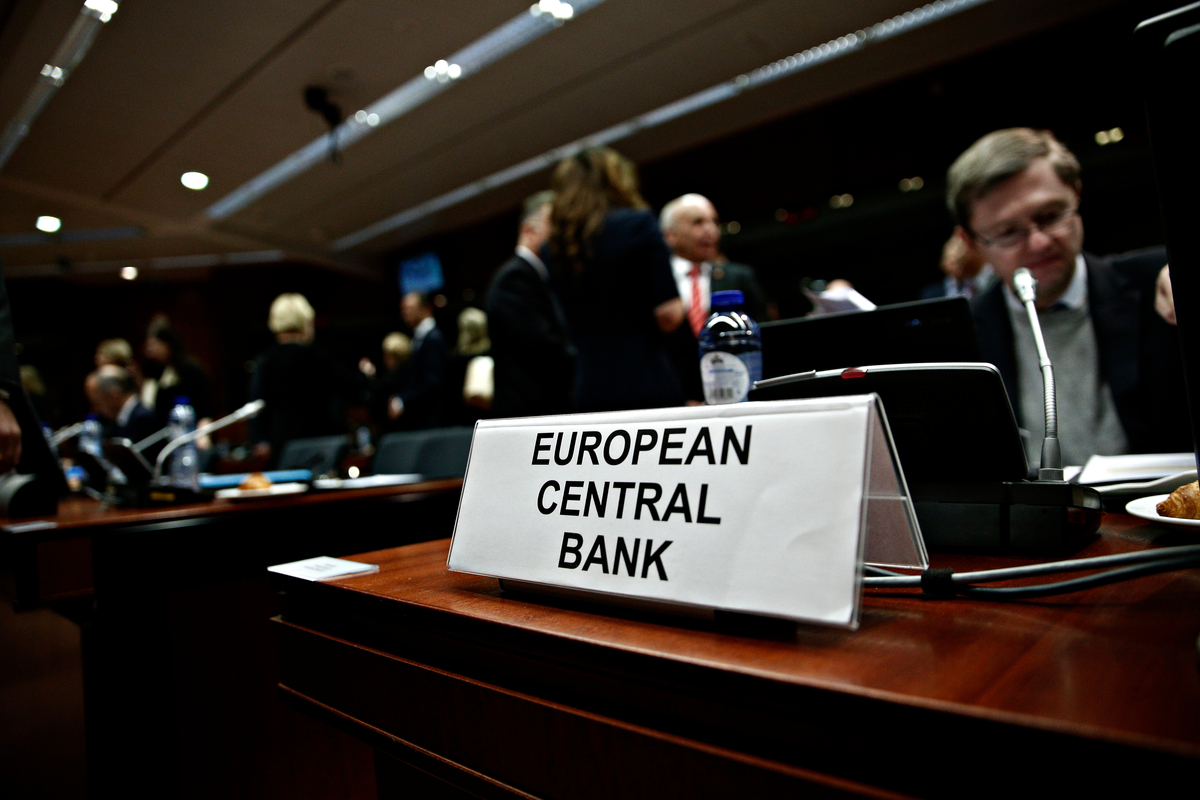Readings on the Fed and Monetary Policy
No discussion on money and monetary institutions is complete before turning one’s gaze to central banking. Out of all the areas of economics, monetary policy and its impact on the macroeconomy might be the one that receives the most attention among non-economists. Money and its provision impacts every price of every trade in the economy, and risk-free short-term interest rates are benchmarks for all asset pricing — and thus affect the prices of every asset including houses, stocks, derivatives, and government bonds. In other words, what the Fed does ripples through the economy and impacts us all — in theory, at least.
It didn’t use to be this way. One benefit of monetary history is to zoom out and see the present as a chain of events in a much longer-term perspective. Indeed, our current monetary regime of nominally independent (and often activist) central banks targeting inflation and ensuring financial stability is a surprisingly new phenomenon in the world history of monetary arrangements.
Tumultuous as the decade since the financial crisis has been, the Fed and other central banks have remained squarely within the monetary regime that has been dominant for the last 30 years. While they have engaged in never-before-seen policies such as extremely low (and even negative) policy interest rates and large-scale asset purchases to make monetary policy more expansionary, they have nevertheless stayed true to their core tasks: hit inflation targets (and employment targets in the case of the Fed) and ensure financial stability through lender-of-last-resort mandates.
We don’t have to look far to find quite different regimes. Central banks, in the heyday of Keynesian countercyclical macroeconomics of the 1950s and 1960s, played very minor roles; they were often nothing more than a payment-processing extension of their Treasury departments. Under the classical gold standard (CGS) proto-central banks didn’t do much more than monitor (and occasionally sterilize) nations’ gold flows. Politically independent central banks hitting inflation targets are, in this perspective, just the latest of monetary regimes — a regime that seemed to work well from the 1990s to the financial crisis in 2008. In hindsight, the conviction in the economics profession that the Great Moderation and improved macroeconomic outcomes (low, stable inflation combined with good economic growth) were largely thanks to great monetary policy seems — to be polite — somewhat exaggerated.
David Beckworth of Mercatus Center traces this inflation-targeting regime and its questionable success in a fairly extensive research paper from a couple of years back. It’s accessible and still provides an excellent overview of what central banks have been doing for the last 30-odd years — and more importantly, it gives us good reasons why that has backfired. Additionally, he briefly describes an exciting alternative (nominal GDP targeting).
If Beckworth traces the ideas that led to our current monetary regime, the most technical paper in our Harwood Graduate Colloquium reader — Selgin, White, and Lastrapes’ (2012) article — supplements that with the empirics of monetary policy, contrasting the pre-Fed period with the post-Fed period. Specifically comparing periods this way, they weigh in on the question of whether the Fed’s impact on the economy has been, on net, positive. Their provocative title (“Has the Fed Been a Failure?”) is an indication of what they find: on indicator after indicator, the authors show that the post-1913 era has not seen lower or more stable outcomes in real incomes, inflation, or unemployment. Volatility of year-to-year prices excepted, the view that the introduction of the Fed has improved the economy’s performance on a range of indicators must be — at the very least — seriously questioned.
While a basket of consumer goods in 1913 cost roughly the same as in 1790 and the CGS period generally saw self-reverting prices, the post-Fed period was characterised by an upward trend in prices. Inflation volatility, including that in the Great Inflation of the 1970s, has been much more stable since 1950, but the greatest variance of inflation took place between the Fed’s founding and 1950. Moreover, the long-run self-reverting tendency of prices in the CGS era is nowhere to be found; rather, the period with a Fed exercising monetary policy has seen inflation turn from white noise that could be safely ignored to a random walk — unpredictable. The authors do discuss some alternatives, but the novelty and emphasis of their article is its empirical challenge to the general conviction that the Fed’s creation has improved economic conditions.
Balancing this critical view somewhat is a short Brookings post by former Fed chair Ben Bernanke proposing “temporary price-level targeting.” Here Bernanke presages the recent Fed discussion of various monetary rules the Fed’s Board of Governors could (and to some extent already does) apply. The Bernanke article, neatly laying out some advantages and drawbacks of various regimes, allows our colloquium’s participants to compare and discuss many feasible alternatives to the inflation-targeting regime.
Former Bank of England governor Mervyn King usually says that central banking is an art and that central bankers have — since Bagehot — gradually learned their craft. Harvard economics professor Greg Mankiw once distinguished between macroeconomists as scientists in ivory towers and as engineers concerned with solving practical problems. Central bankers form part of the latter group, concerned with solving real-world problems. Regardless, the impact and practices developed through (extreme) events in the area of monetary policy continually push our understanding of what central banks currently do — and what they ought to be doing in the future.
All the readings are essential to understanding the applied monetary economics and macroeconomics that constitute the practice of central banking.












